Types, Facts, Benefits and How to grow capsicum in a Greenhouse
Commonly known as pilipili hoho in Kenya, capsicum is a favorite spice for most Kenyan meals. Other people will refer to it as bell pepper, sweet pepper or just pepper.
Posts about:
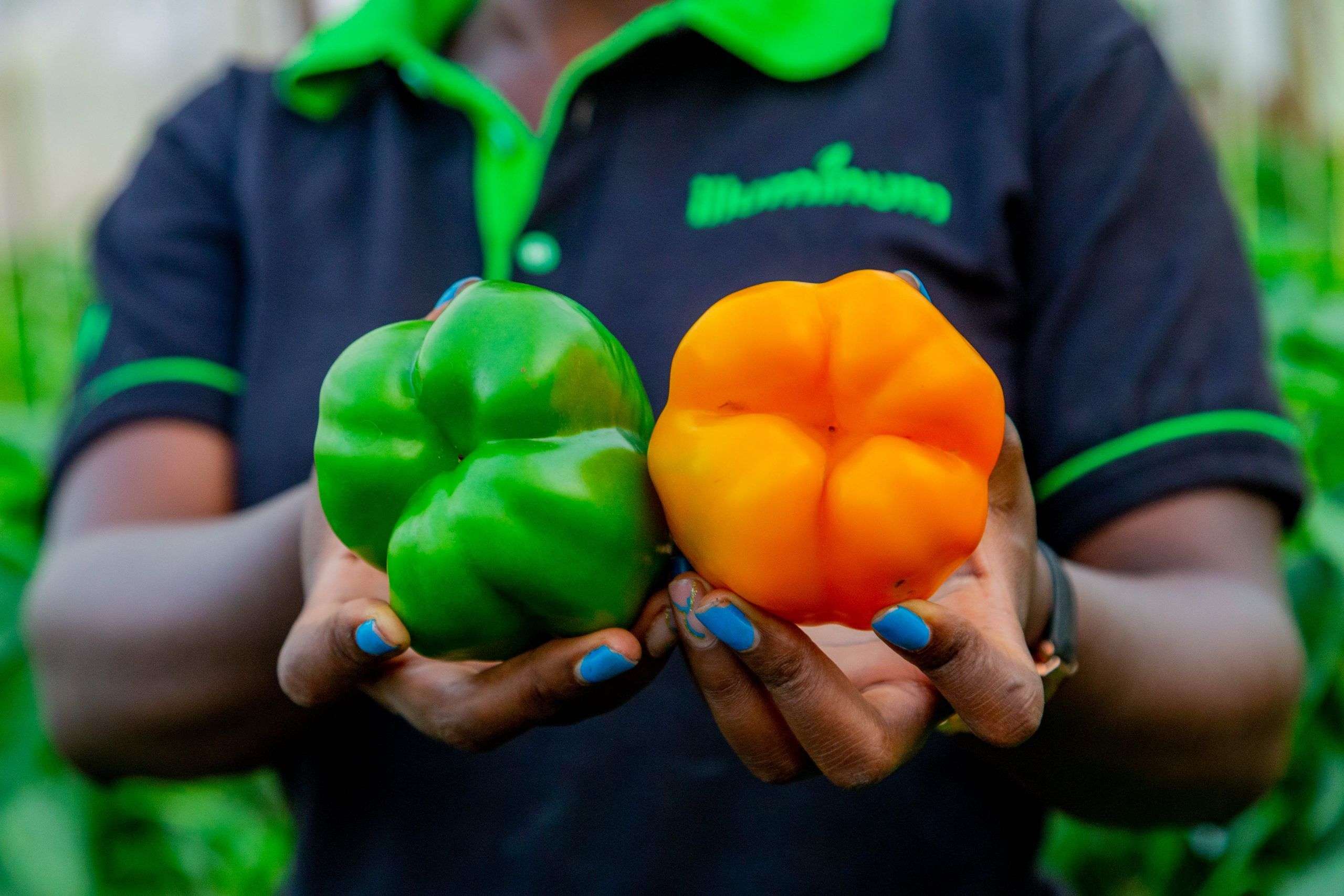
Commonly known as pilipili hoho in Kenya, capsicum is a favorite spice for most Kenyan meals. Other people will refer to it as bell pepper, sweet pepper or just pepper.
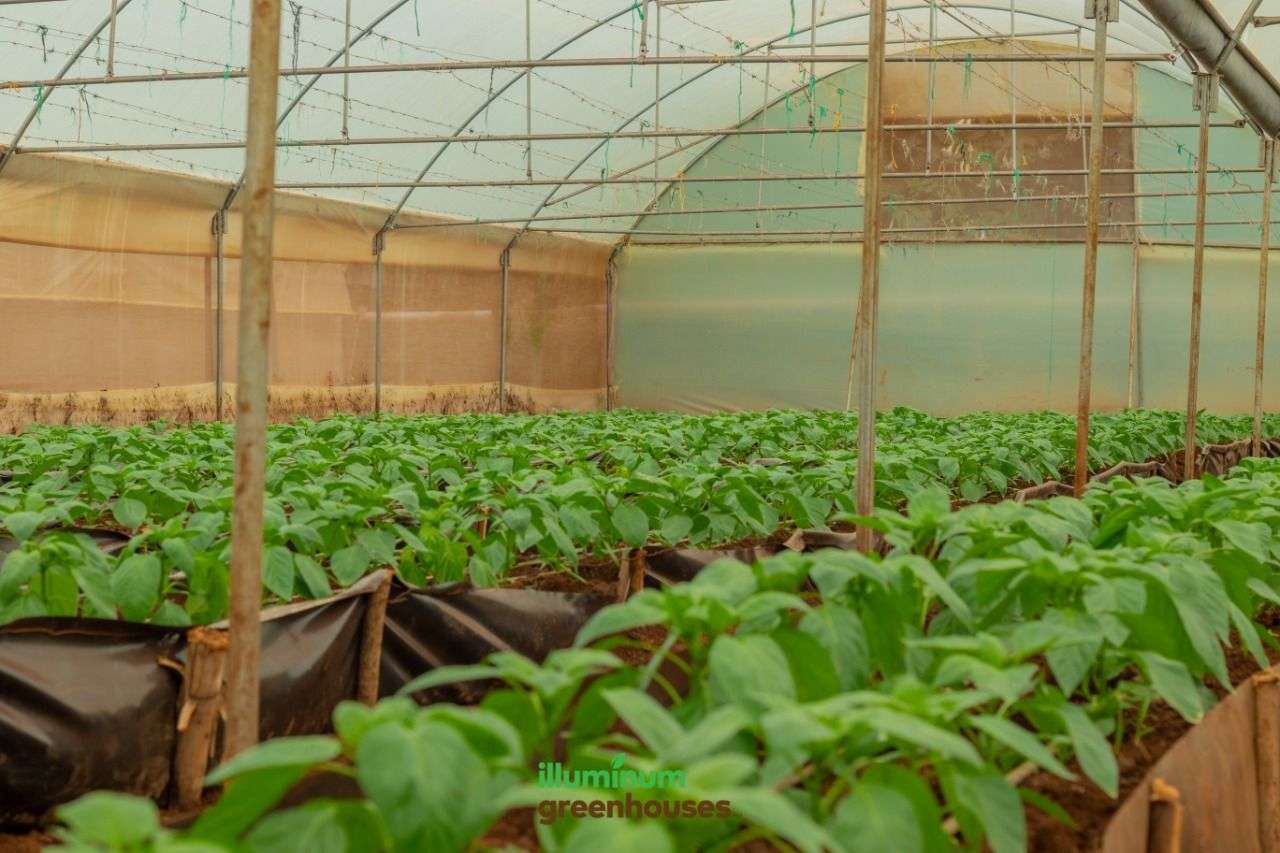
Setting up a greenhouse is quite an achievement and the next question that comes is what measures will the farmer take to be a successful greenhouse farmer.

Agriculture in Kenya is regarded as a readily available economic activity and a means of wealth creation. New methods of farming such as greenhouse farming are readily adopted. The question remains how to time crops for those huge profits. To ensure you have achieved maximum profits, it is important to time your crops for peak season where the supply of farm produce is low and the demand is high.
A greenhouse is constructed of a frame and translucent material that allows the sun’s rays to penetrate and heat the interior providing optimal climatic conditions for the plants to thrive. It shields crops from excess cold or heat and unwanted pests and makes it possible to grow crops year-round. The commonly used framing material is either wood or metal. In our case, as Illuminum greenhouses we use the galvanized steel.
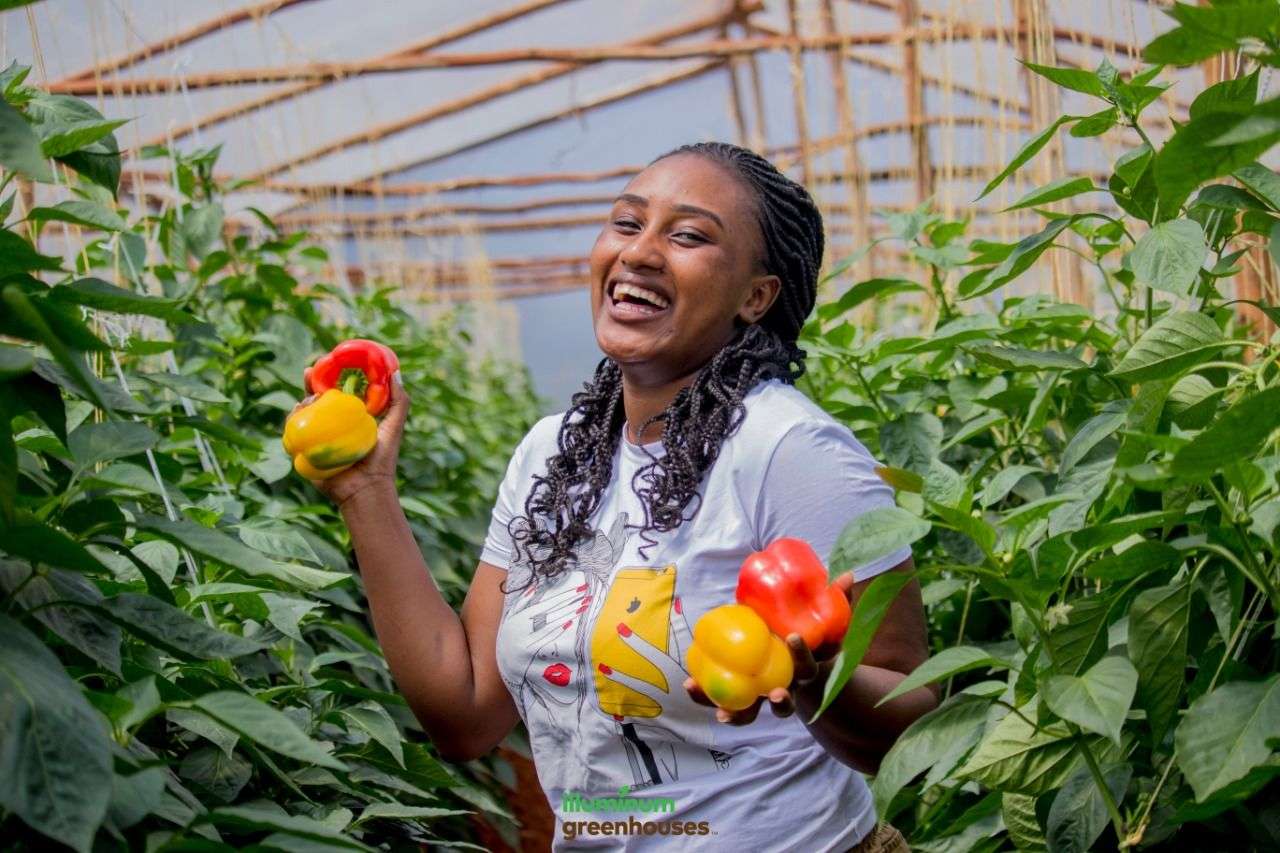
Once you have set up that dream greenhouse, it is every farmer’s dream to get a return on their investment and also start making profits! The question always remains how? Don’t worry we have all the answers right for you.

Farming has continuously evolved from the simple methods to modern day use of machinery and other technologies such as greenhouses.

Export of crops in Kenya has grown over the past years from cash crops such as tea, coffee, pyrethrum to “nontraditional crops”. Nontraditional crops are defined as Crops that are not part of the customary diet of the local population. The African continent has the upper hand in growing most crops due to its tropical climate which facilitates the growth of crops throughout the year whereas the temperate climate zone experienced in most developed countries restricts cropping seasons to summer months.
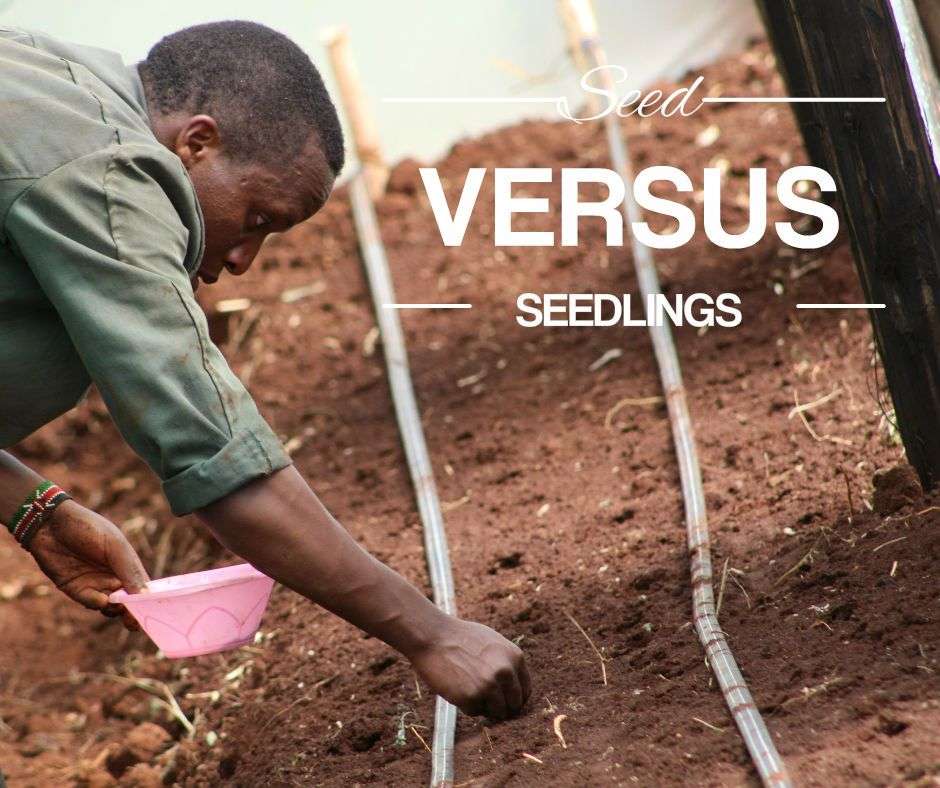
The availability of readily grown seedlings has led to the dilemma of which one of the 2, Seeds or Seedlings, is better. Truth is, they both have their pros and cons. The usage, however, depends on the situation or the need. For those of us still deciding on whether to start with seeds or seedlings have a look at some of the pros and cons for each below.
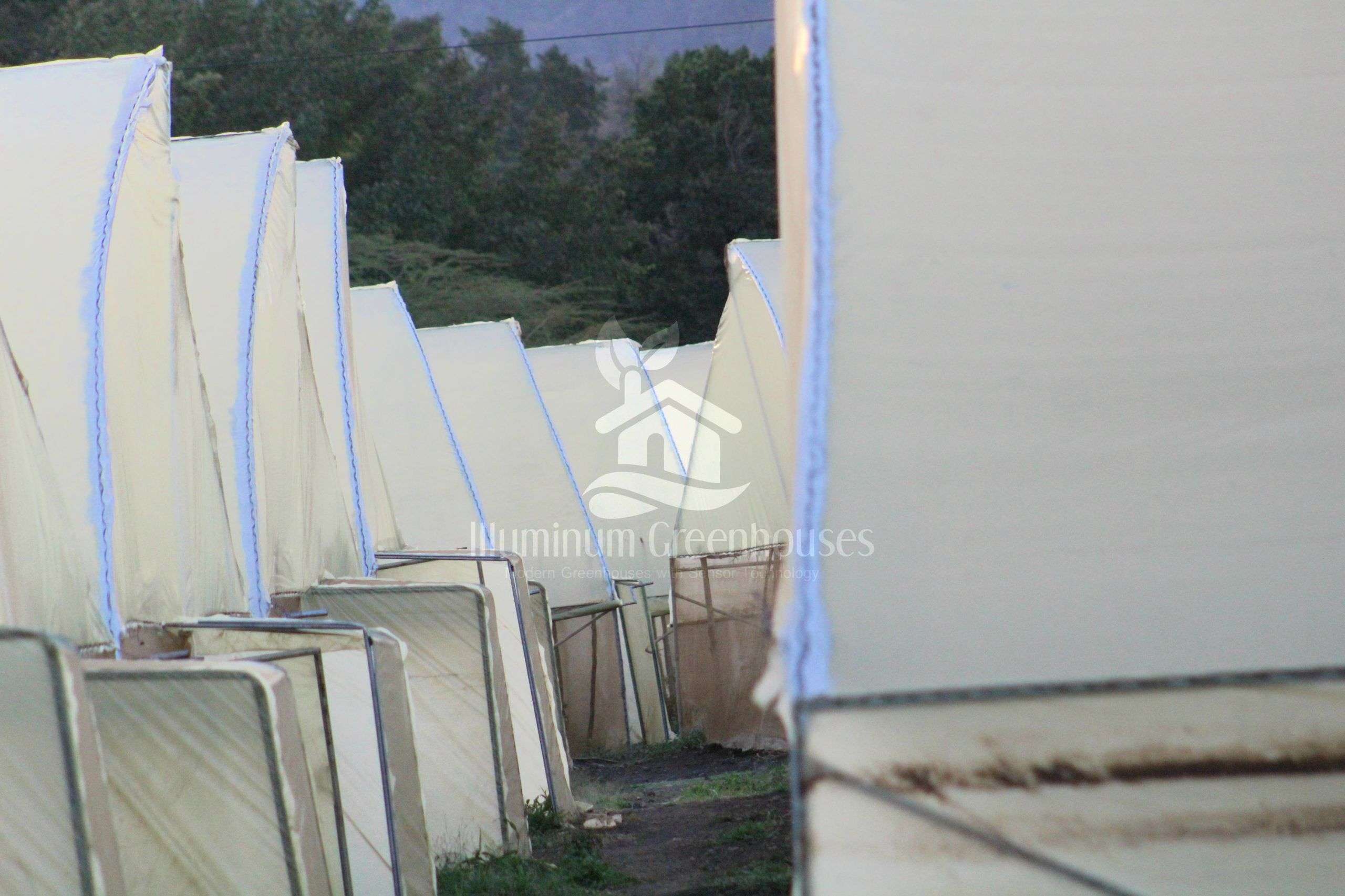
Over the past few months, there has been an introduction of the concept nunua-ploti-na-greenhouse. The idea of owning a plot and a greenhouse from which your plot starts paying off from the sale of horticultural crops grown in the greenhouse. A Beautiful concept that ensures the investors pay back their plot on time and easily while we improve our food security as a country. However, there lies a huge deception on the returns that has forced us to talk about this issue before it is branded the next Kenyan pyramid scheme. We have an obligation to protect our industry and to state our position on the current discussion on people’s lips on the validity of this concept.
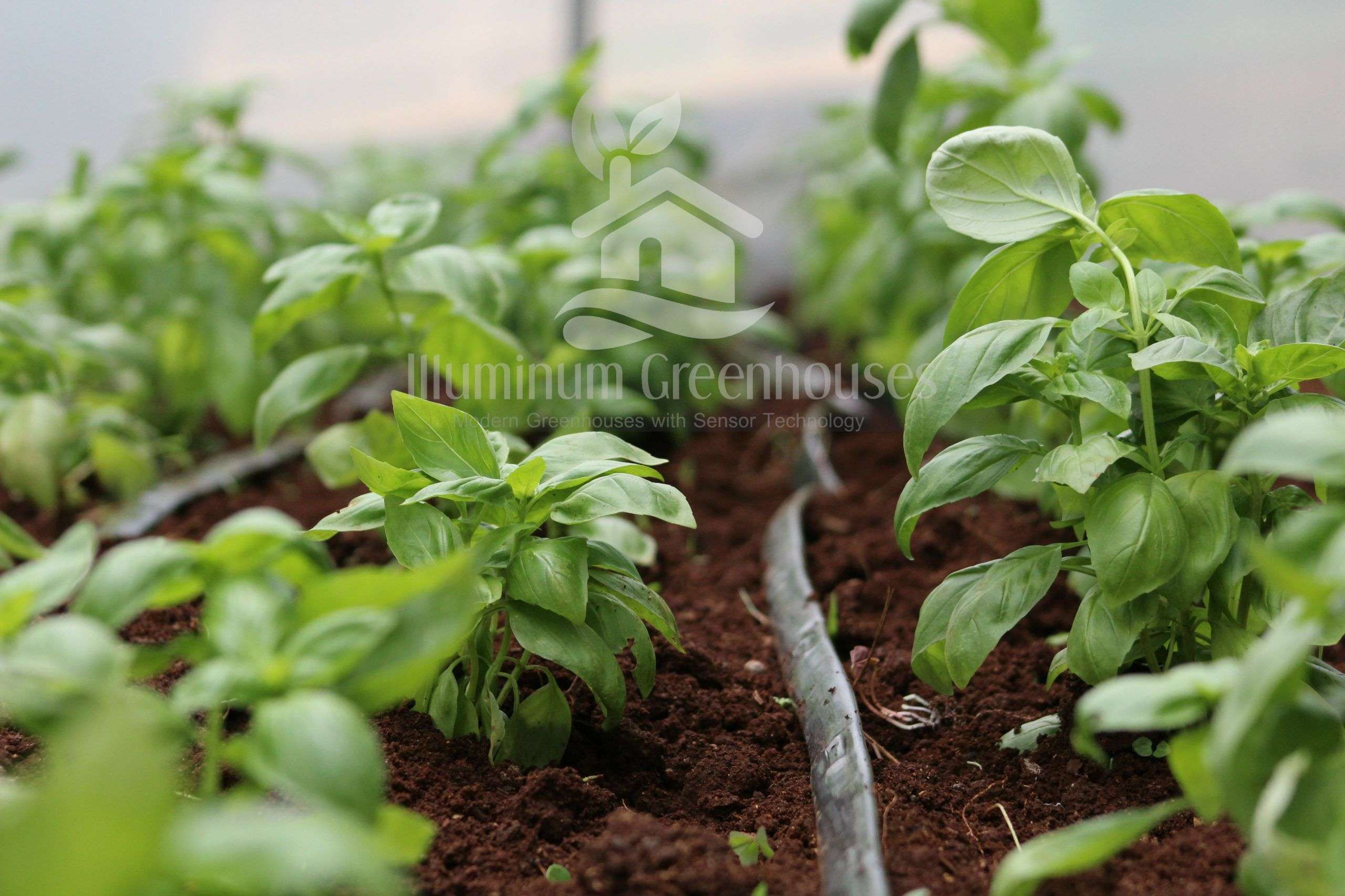
Growing the same crop year-in-year-out builds up levels of any soil borne pathogen of that crop that may be present. The population gradually accumulates such that it becomes difficult to grow that crop without yield losses. Farmers may resort the “easiest” method they are presented with; pesticides. Research has shown that chemicals have harmful effects on the soil and the on the organisms found in the soil; let’s not even get into the harmful effects on humans.